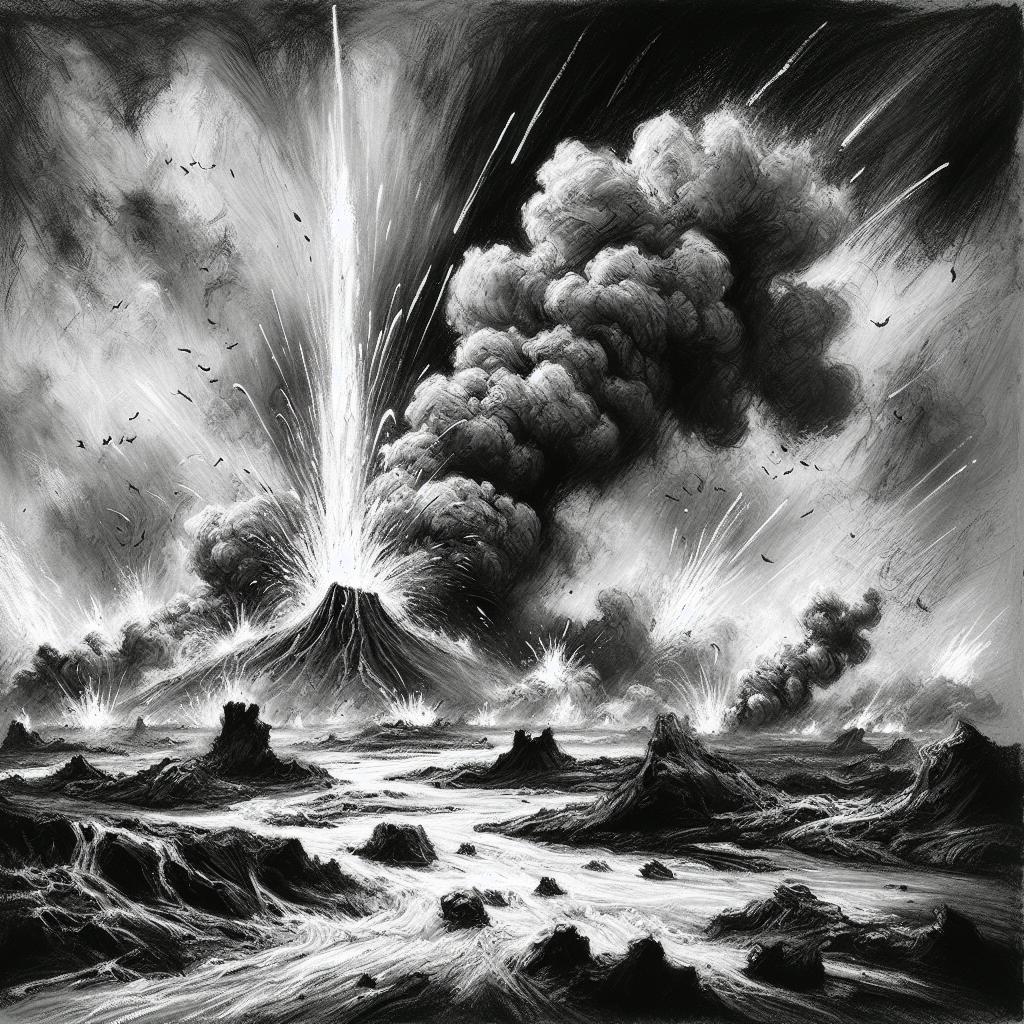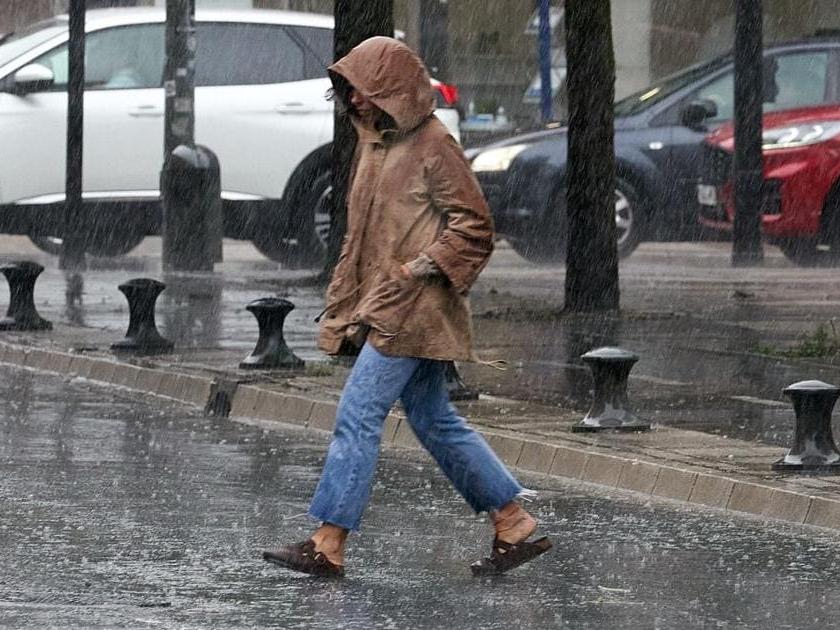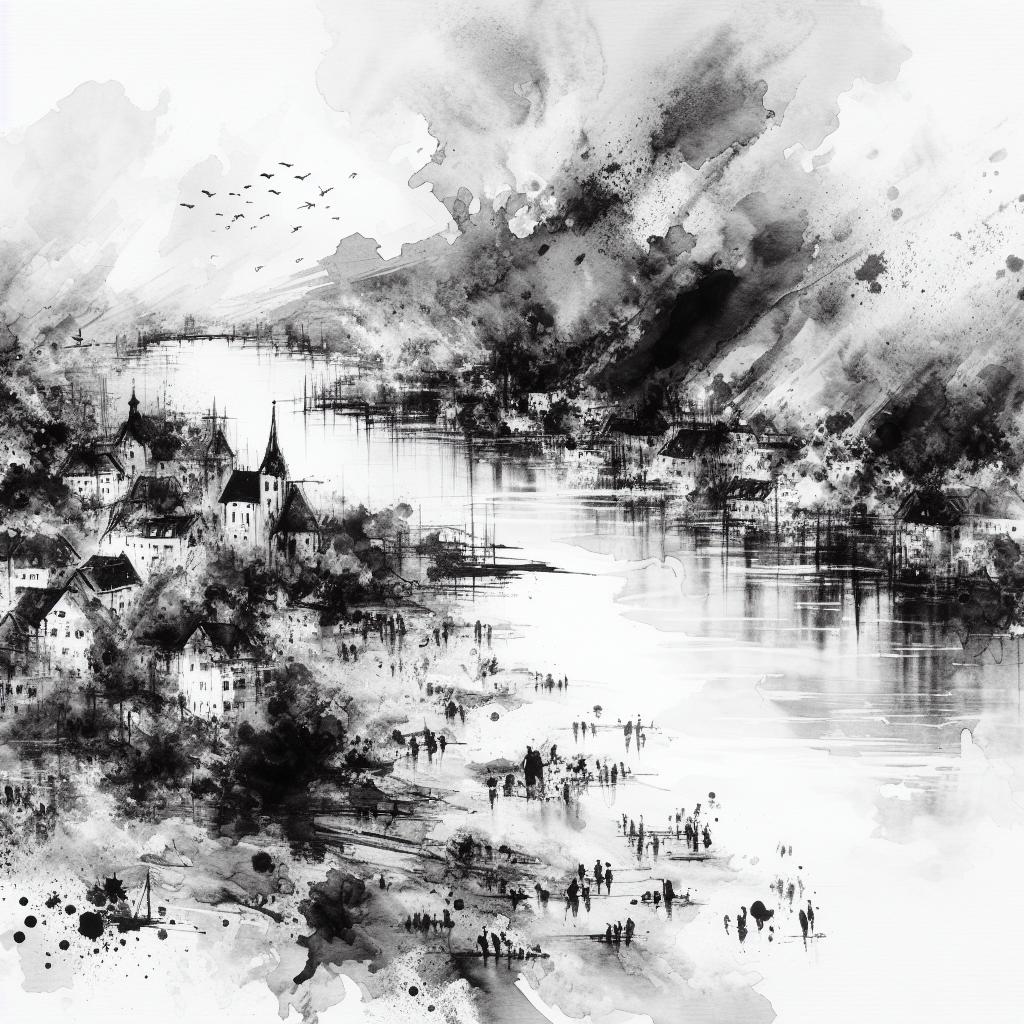The Reykjanes Peninsula in southwestern Iceland is experiencing its fifth volcanic eruption since December 2021, with a new fissure eruption that began on May 29, 2024, at 12:46 pm. The eruption has led to the evacuation of approximately 4,000 residents from the town of Grindavík and hundreds of tourists and staff from the Blue Lagoon geothermal spa. Lava fountains reaching heights of up to 50 meters have been reported, and the fissure is estimated to be over three kilometers long.The Icelandic Meteorological Office (IMO) and scientists have been closely monitoring the situation, as the region has seen a significant increase in seismic activity, with over 150 earthquakes occurring on the day of the eruption. The Svartsengi power plant, which supplies electricity and hot water to around 30,000 people on the peninsula, has been evacuated and is now being operated remotely. Protective barriers have been erected around the plant to shield it from the lava flow.The eruption is part of a reawakening of the Svartsengi volcanic system, which had been quiet for nearly 800 years before 2021. Authorities have warned that eruptions could continue to happen repeatedly for decades or even centuries. The exact duration of the current activity and its impact on the Reykjanes Peninsula, one of the most densely populated parts of Iceland, remain uncertain.
Key points
- The volcanic eruption on Iceland’s Reykjanes Peninsula began at 12:46 pm on May 29, 2024, and has led to the evacuation of the town of Grindavík and the Blue Lagoon geothermal spa.
- The fissure eruption has created a fissure over three kilometers long, with lava shooting up to 50 meters high.
- This is the fifth eruption in the area since December, indicating a new era of volcanic activity that could last for decades.
- The Svartsengi power plant has been evacuated and is being operated remotely to ensure the safety of the region’s power and hot water supply.



